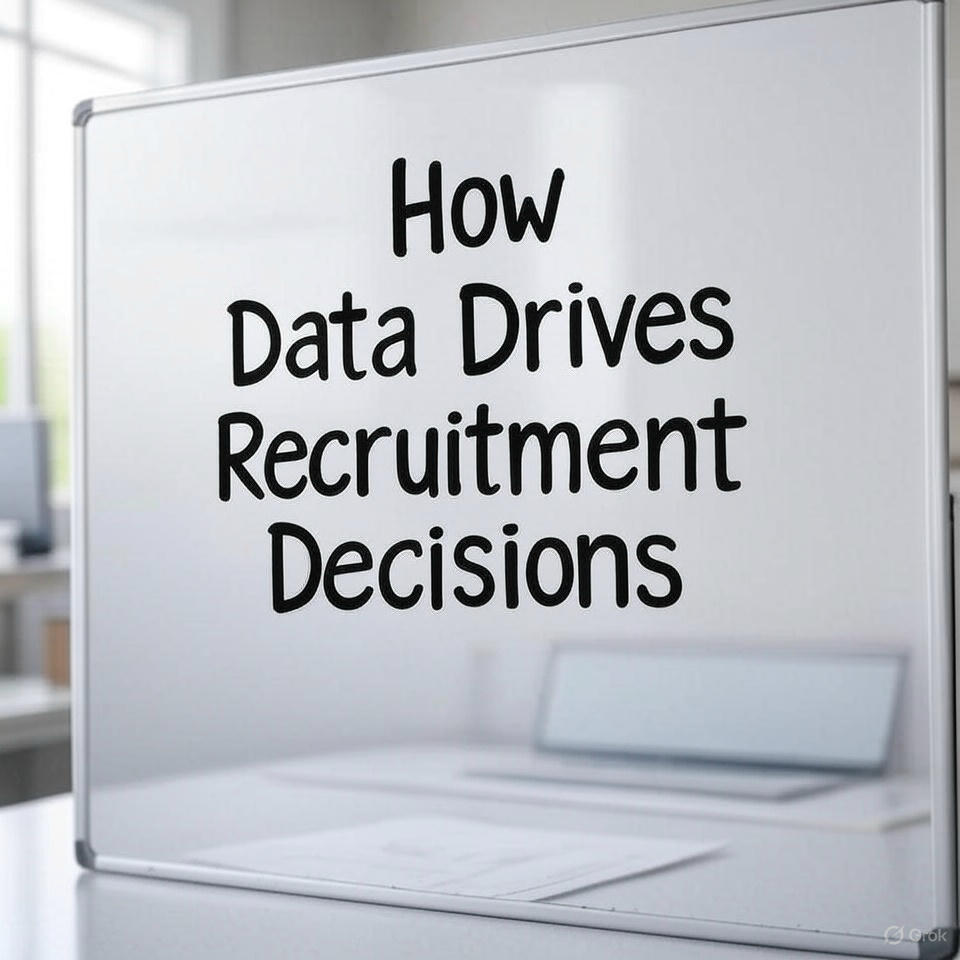In today’s fast-paced business environment, hiring the right talent is more critical than ever. Human Resources (HR) professionals are increasingly turning to data and metrics to refine recruitment strategies and make smarter hiring decisions. Understanding HR metrics provides a clear window into the hiring process, offering insights that go beyond intuition or traditional practices. This article explores the role of HR metrics in recruitment, how they influence decisions, and why data-driven recruitment is reshaping the way organizations find and retain top talent.
What Are HR Metrics?
HR metrics are quantifiable measures used to track and assess the efficiency and effectiveness of HR processes. These metrics cover various aspects of recruitment, employee engagement, retention, and overall workforce performance. In recruitment specifically, HR metrics help organizations measure how well their hiring strategies perform, how long it takes to fill positions, and how successful new hires are in the long run.
The use of these metrics ensures that HR teams are not merely guessing which candidates to hire but basing their decisions on concrete evidence. This approach reduces bias, improves consistency, and aligns hiring with the company’s overall goals.
Key Recruitment Metrics That Matter
To effectively drive recruitment decisions, HR professionals focus on several important metrics:
Time to Hire
This measures the number of days from the moment a job opening is posted to when an offer is accepted. A shorter time to hire generally indicates a more efficient recruitment process. However, speed should not come at the expense of quality, so balancing speed and thoroughness is crucial.
Cost per Hire
This metric sums up all the costs involved in filling a position, including advertising, recruiter fees, interview expenses, and onboarding. Monitoring cost per hire helps companies optimize their budgets and avoid overspending on recruitment campaigns.
Quality of Hire
Quality of hire assesses how well a new employee performs after being hired. It’s a vital metric because it reflects the long-term success of recruitment decisions. Factors such as job performance, cultural fit, and retention rate contribute to this measure.
Source of Hire
Tracking where the best candidates come from — whether it’s job boards, employee referrals, social media, or recruitment agencies — helps HR focus their efforts on the most productive channels.
Candidate Experience
An often overlooked but critical metric is the candidate’s experience during the recruitment process. Positive experiences can enhance the company’s reputation and attract more top talent, while poor experiences can deter qualified candidates.
The Importance of Resumes in the Data-Driven Process
Resumes remain a foundational element in recruitment. They provide a snapshot of a candidate’s experience, skills, and potential fit for the role. However, with the volume of applications received for many positions, resumes alone don’t tell the whole story. This is where data and metrics come in to enhance resume screening.
Applicant Tracking Systems (ATS) scan resumes for keywords and qualifications, helping recruiters filter out unqualified candidates quickly. Yet, a strong resume still matters to get past these automated systems and reach human eyes.
To improve your chances, it’s essential to personalize your resume with MyPerfectResume, tailoring it specifically to the job description and using relevant keywords. This makes your application stand out both to automated systems and hiring managers.
How Data Shapes Recruitment Decisions
Data-driven recruitment is no longer a futuristic concept; it’s a standard practice for companies aiming to build strong teams. When HR professionals leverage metrics, they can:
- Identify bottlenecks in the hiring process
- Pinpoint where the best candidates originate
- Predict which candidates are most likely to succeed
- Allocate recruitment resources more efficiently
- Improve diversity and reduce unconscious bias
By focusing on these data points, organizations make recruitment decisions that are informed and strategic rather than reactive or purely subjective.
Using HR Metrics to Improve Recruitment Strategies
Recruitment is not a static process. HR metrics provide the feedback needed to refine and improve hiring strategies continually. For example, if the time to hire is consistently long, HR teams might revisit their interview scheduling or candidate screening procedures.
If the quality of hire is low, companies can analyze which sources yield the best employees and focus their efforts there. Similarly, negative candidate feedback can trigger a review of the communication and engagement tactics used during recruitment.
Metrics enable a feedback loop that keeps recruitment agile and aligned with organizational goals.
Challenges in Implementing HR Metrics
While the benefits of using HR metrics are clear, there are challenges:
- Data Quality: Poor or incomplete data can lead to misleading conclusions.
- Integration: Combining data from multiple sources can be complex.
- Privacy Concerns: Handling personal candidate data must comply with legal regulations.
- Resistance to Change: Some HR teams may be reluctant to shift from intuition-based to data-driven decisions.
Overcoming these hurdles requires the right tools, training, and a commitment to data transparency.
The Future of Recruitment: Predictive Analytics and AI
HR metrics are evolving with advancements in technology. Predictive analytics and artificial intelligence (AI) are now playing larger roles in recruitment. These tools can analyze vast amounts of data to predict candidate success, identify trends, and even automate repetitive tasks.
AI-driven analytics help remove unconscious bias by focusing solely on qualifications and performance indicators. They also speed up recruitment by automating resume screening and candidate assessments, allowing HR professionals to focus on strategic decisions.
Conclusion
Understanding and utilizing HR metrics is essential for effective recruitment in today’s competitive job market. Data-driven recruitment provides transparency, efficiency, and better outcomes by guiding decisions with objective insights. From measuring time to hire to assessing the quality of hire, these metrics allow organizations to refine their processes and attract the right talent.






